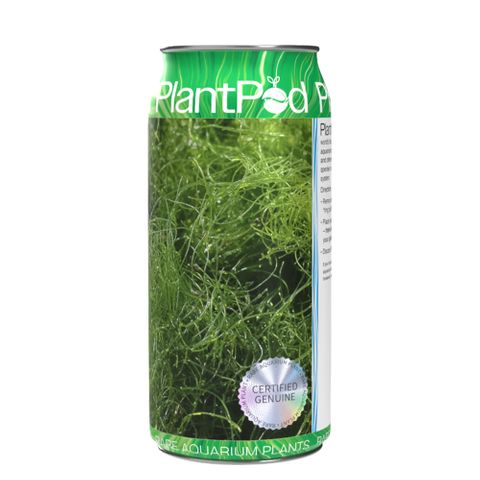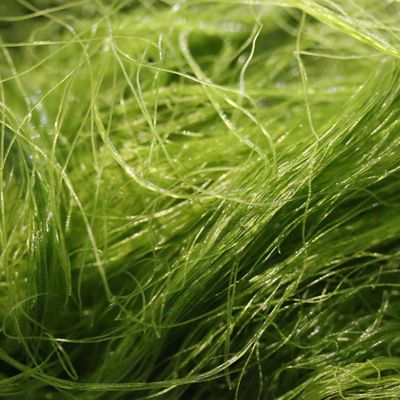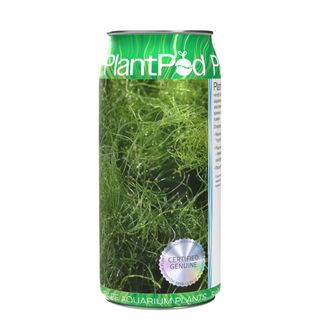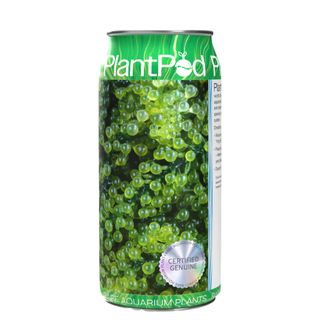
Live Angel Hair Seaweed
Description
Seaweed-Eating Saltwater Fish
Overview
In saltwater aquariums, seaweed and macroalgae are essential food sources. Many herbivorous fish, such as tangs and rabbitfish, depend on seaweed for daily nutrition, while omnivores like angelfish and clownfish use it as a healthy supplement. Offering live seaweed (Ulva, Gracilaria, Chaetomorpha, etc.) keeps your fish healthy, colorful, and active — and helps prevent them from grazing on corals.
Fish That Eat Seaweed
1. Tangs & Surgeonfish (Acanthuridae)
- Examples: Yellow Tang, Blue Tang, Kole Tang, Sailfin Tang
- Among the most enthusiastic seaweed grazers
2. Rabbitfish (Siganidae)
- Examples: Foxface Rabbitfish and related species
- Constant grazers, thrive on live macroalgae in the tank
3. Angelfish (Pomacanthidae)
- Examples: Regal, Queen, Emperor, Flame, Coral Beauty
- Omnivorous — eat seaweed along with sponges and meaty foods
4. Blennies (Blenniidae)
- Examples: Lawnmower Blenny, Tailspot Blenny, Bicolor Blenny
- Specialized algae grazers that benefit from live seaweed growth in the tank
5. Wrasses (some species)
- Most are carnivorous, but Halichoeres wrasses and a few others nibble on seaweed occasionally
6. Damselfish & Clownfish
- Omnivores that sometimes eat seaweed or pick at live algae
7. Butterflyfish (some species)
- A few species will eat seaweed in captivity, but most prefer corals and invertebrates
8. Herbivorous Gobies
- Certain species graze live algae regularly, especially in tanks with natural macroalgae growth
Feeding Chart: Seaweed in Their Diet
| Fish Group | Role of Seaweed | Notes |
|---|---|---|
| Tangs & Surgeonfish | Primary food source | Need constant access to live macroalgae |
| Rabbitfish | Primary food source | Strong grazers, thrive with live seaweed |
| Blennies | Primary food source | Especially lawnmower and algae blennies |
| Angelfish | Supplemental | Combine with sponges and meaty foods |
| Wrasses (some) | Supplemental | Only certain species eat it occasionally |
| Damselfish & Clownfish | Supplemental | Opportunistic grazers, not reliant on it |
| Butterflyfish (some) | Supplemental/rare | Most prefer corals/invertebrates |
| Herbivorous Gobies | Supplemental/primary | Varies by species; some graze constantly |
Quick Tips for Feeding Live Seaweed
- Grow live macroalgae (Ulva, Gracilaria, Caulerpa, Chaetomorpha) in a refugium or directly in the display tank
- Provide a mix of red, green, and brown live seaweeds for balanced nutrition
- Anchor live seaweed to rocks or substrate so fish can graze naturally
- Maintain strong lighting and good water flow to keep macroalgae healthy
Live seaweed not only feeds your fish but also improves water quality by absorbing excess nutrients, helping reduce algae blooms and keeping your reef tank balanced.
Freshwater Fish That Eat Seaweed
While seaweed is mostly used in saltwater tanks, many freshwater fish benefit from algae, spirulina, and plant-based foods. Some rely on it as a primary food source, while others eat it as a supplement.
Fish That Eat Seaweed/Algae
- Plecos – Famous algae grazers, thrive on algae wafers and veggies.
- Otocinclus Catfish – Small, peaceful algae eaters.
- Siamese Algae Eaters – Love filamentous algae.
- Mollies, Guppies & Endlers – Omnivores that graze on algae and biofilm.
- Goldfish – Constant grazers; enjoy algae, spirulina, and blanched veggies.
- Mbuña Cichlids – Natural algae grazers from African Rift Lakes.
- Platies & Swordtails – Opportunistic algae nibblers.



